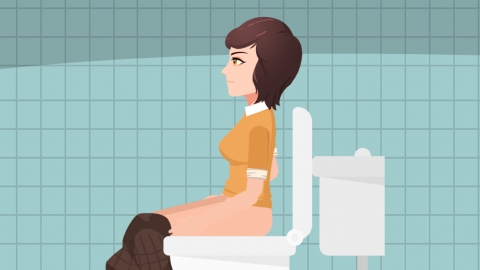What is female urinary incontinence?
Female urinary incontinence may be caused by aging, childbirth, obesity, cystitis, overactive bladder, and other factors. Appropriate management can be selected based on individual circumstances. If physical discomfort occurs, it is recommended to seek medical attention at a hospital promptly and follow medical advice for treatment.

1. Aging: With increasing age, women's pelvic floor muscles gradually relax, and the function of the urinary sphincter declines, leading to reduced control over urination and resulting in urinary incontinence. Pelvic floor muscle exercises, such as Kegel exercises, can be performed daily. These involve repeated contraction and relaxation of the pelvic floor muscles to strengthen them and improve symptoms of urinary incontinence.
2. Childbirth: During pregnancy, the enlarging uterus compresses the pelvic floor tissues. During delivery, the pelvic floor muscles, fascia, and nerves may be damaged, weakening the supportive structures of the urethra and making urinary incontinence more likely. Pelvic floor rehabilitation exercises should begin as early as possible postpartum. Biofeedback therapy and electrical stimulation therapy may also be used as adjunctive treatments to promote recovery of pelvic floor function.
3. Obesity: Excess body fat increases abdominal pressure, which chronically compresses the bladder and urethra, reducing urethral resistance and causing involuntary leakage of urine. Weight can be controlled through a balanced diet, reducing intake of high-calorie and high-fat foods, and increasing dietary fiber intake, such as eating more vegetables, fruits, and whole grains.
4. Cystitis: Bacterial infection of the bladder causes inflammation of the bladder mucosa. The inflammatory irritation increases bladder sensitivity, frequently creating a strong urge to urinate, leading to urgency urinary incontinence, often accompanied by frequency, urgency, and dysuria. Patients can take medications such as amoxicillin capsules, nitrofurantoin enteric-coated tablets, and Sanjin tablets under a doctor's guidance to alleviate symptoms.
5. Overactive Bladder: The exact cause is not yet clear, but it may be related to detrusor muscle instability and bladder hypersensitivity. The main symptom is urgency, often accompanied by frequency and nocturia, with some patients experiencing urgency urinary incontinence. Patients can take medications such as tolterodine tartrate tablets, solifenacin succinate tablets, and mirabegron extended-release tablets as directed by a physician to relieve symptoms.
In daily life, it is recommended to engage in appropriate physical activity, such as at least 150 minutes per week of moderate-intensity aerobic exercise like brisk walking or jogging, to reduce abdominal pressure and alleviate urinary incontinence.





